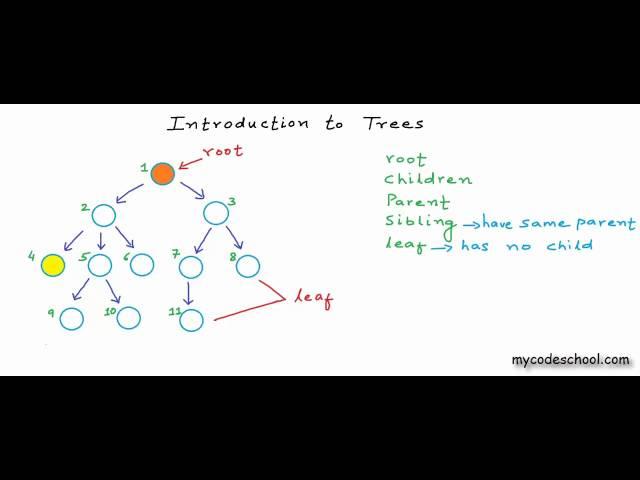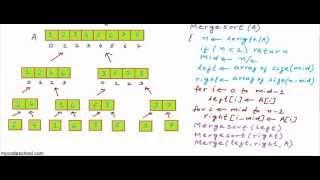Комментарии:

Excelente!!
Ответить
Best video on Trees even after 7 years...❤
Ответить
Can't believe this video was uploaded in 2014
Ответить
Hindi language
Ответить
love your content and the way you explained the concepts is like no one can teach us ,I repeat no one in this world.......you are the bestest.....thank you harsha and animesh sir ,you both are legends .............also very sad to know about harsha sir....RIP
Ответить
Thank you.
Ответить
Fantastic sir 😊
Ответить
Hi. I am one of your subscriber, been following you for a couple of months. Can i possibly use this as a reference in our class, seems like you do have a very clear way of explaining. Thankyouuu.
Ответить
shoutout da sa mga classmates ko kung ga tuon mn gd kmo
Ответить
WOW Amazing.
Ответить
your explanation very good
Ответить
I'm understanding human relations after learning tree lol
Ответить
This is so useful, thank you so much for uploading.
Ответить
These videos of data structure is reliable during my C-DAC examination.
Ответить
I read maybe 3 or 4 times the Wikipedia page and didn't get it, but with this video I could understand perfectly. Thank you!
Ответить
thank you!
Ответить
Wow
Ответить
Man why do they have so many relatives,they are just numbers 😭
Ответить
THANK YOU SO MUCH!
Ответить
For data that is naturally hierarchical
A collection of entities, nodes, linked together to simulate a hierarchical. Non linear data structure.
Height and depth
Types of trees:
At most two children - binary trees

perfect video about tree..
* short and brief...
* easily understanding...
* point to point...
* teaching style is good
* after 8 years still in top

Oracle documentation be like 👀
Ответить
I will be forever grateful to The Lord Harsha sir
Ответить
Saviour of Programming seekers
Ответить
So if it isnt binary, can I use like vector in storing the addresses of the childs?
Ответить
Hi, I am confused about the depth of a node. As a directed tree can have multiple parents (references pointing at it), the case where a node will only have one parent pointing is in the case of the tree is an arborescence tree. So, if it is a normal directed tree, how do you find the depth of that node, as it has more than one reference?
Ответить
Thank you so much sir
Ответить
RIP BROTHER LOVE U ALWAYS
Ответить
Thank you this was very helpful! :D
Ответить
Wow blessed to get this channel 🙏🙏
Ответить
Amazing video thank you !
Ответить
You are really outstanding!!!
Ответить
Thank you for your guidance.
Ответить
He is no more .
thank you sir your explanation way is amazing.

9years ago 💥💚
Ответить
very goond vindeo !!
Ответить
Simple and beautiful!
Ответить
Very easy explanation
Ответить
Where are the notes
Ответить
Sir It is so helpful, the way you made the concept easy and making funny relations is great.
Ответить
Thanks
Ответить
I wish I knew this channel earlier
Ответить
well made video
Ответить
The best educational channel.
Ответить
thank you
Ответить
This is it for this lesson .Thanks for watching❤❤❤❤.love you❤❤
Ответить
A standing ovation sir 💪
This channel is the Khan Academy India of Computer Science 🤎

Your courses are simply excellent!
Ответить
I cannot imagine my life without this playlist, from my heart thanks
Ответить
Kind of bizarre that even though this is the exact structure of a family tree, it doesn't look like it would be the proper data structure to store a family tree. There doesn't seem to be a good way to quickly search for cousins or more distant relatives. Guess that would have to be a graph with an algorithm that could add new edges as "shortcuts" between nodes that are connected via multiple edges.
Ответить





![Aurora Hills Chapter 1 walkthrough [NowaSoft] Aurora Hills Chapter 1 walkthrough [NowaSoft]](https://smotrel.cc/img/upload/MEpVQlpVUVg3d2U.jpg)




















